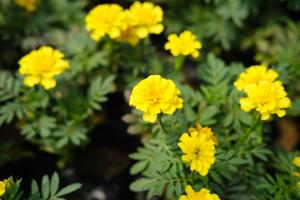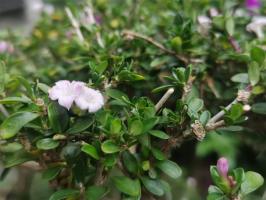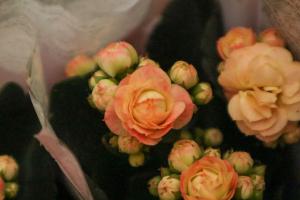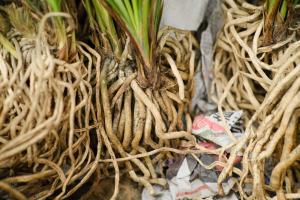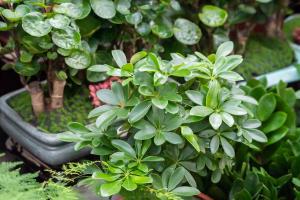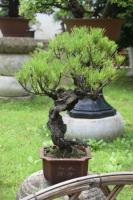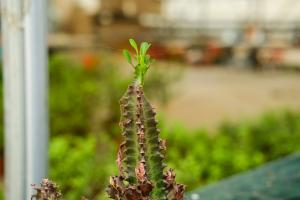Where to Plant Redbud Tree
The redbud tree is a beautiful and versatile addition to any landscape. Its vibrant spring blooms and heart-shaped leaves make it an attractive choice for homeowners and landscapers alike. If you're considering planting a redbud tree, it's important to choose the right location. Here's a guide on where to plant redbud trees:
Full Sun or Part Shade?
Redbud trees are versatile in terms of sunlight needs. They can thrive in full sun to partial shade, but they do require some direct sunlight. If planting in full sun, you'll want to make sure the soil stays moist to prevent the tree from drying out. If planting in partial shade, consider planting it on the north side of a building, fence, or other structure to give the tree some additional shade during the hottest parts of the day.
Soil Type and Drainage
Redbud trees can grow in a variety of soil types, but they prefer well-draining soil. If your soil is heavy in clay, adding organic matter such as compost or peat moss can help improve drainage. It's also important to ensure proper drainage when planting your tree. Redbuds don't like to sit in wet soil for extended periods, so if you're planting in an area prone to waterlogging, consider creating a raised bed or adding drainage pipes to direct water away from the roots.
Spacing Requirements
Redbud trees typically grow to be between 20 and 30 feet tall with a spread of up to 35 feet. For this reason, it's important to plant your redbud tree in an area with enough space to grow. You'll want to consider the mature size of the tree and any other nearby plants or structures that could obstruct its growth. It's also a good idea to plant your redbud tree at least 10 feet away from buildings, roads, and other structures to prevent root damage.
Climate Considerations
Redbud trees are hardy and can grow in a variety of climates, but they do have preferences. They thrive in USDA zones 4 through 8, which includes most of the Eastern United States. Generally, redbud trees prefer cooler temperatures and a moderate amount of rainfall. If you live in an area with hot summers, consider planting your tree in partial shade to prevent heat stress.
Protection from Wildlife
Redbud trees are susceptible to damage from wildlife such as deer, rabbits, and rodents. If you're planting your tree in an area with wildlife, you may want to take steps to protect it. Installing a fence or netting around your tree can help keep deer and rabbits at bay, and placing a wire mesh guard around the trunk can help prevent damage from rodents. If you're unsure if wildlife will be a problem in your area, consult with a local expert or landscaper for advice.
By considering these factors when selecting a planting location for your redbud tree, you can ensure it thrives and adds beauty to your landscape for years to come.

 how many times do yo...
how many times do yo... how many planted tre...
how many planted tre... how many pine trees ...
how many pine trees ... how many pecan trees...
how many pecan trees... how many plants comp...
how many plants comp... how many plants can ...
how many plants can ... how many plants and ...
how many plants and ... how many pepper plan...
how many pepper plan...